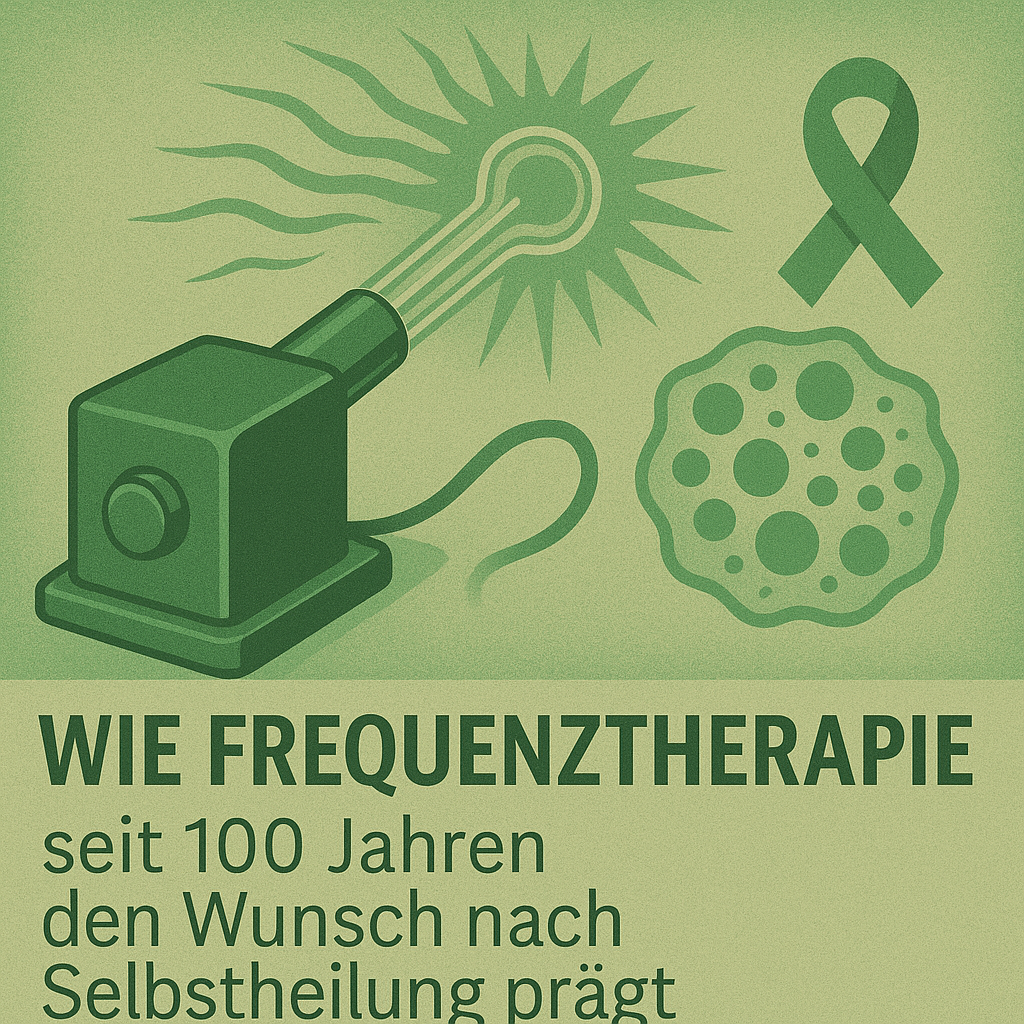
On the frequency of time: the fascinating history of electrotherapy
Introduction: When healing comes through electricity
Even the names of the devices sounded promising: PHÖNIX, Heliolux, Philantrop. Their appearance was reminiscent of elegant design, their promises of miracles: relief for joint pain, asthma, hair loss - conveniently at home, without a doctor. In the interwar period, high-frequency devices experienced an astonishing career, between the promise of medical healing and an electrified lifestyle.
Electrotherapy as a lifestyle product
As early as the 1920s, high-frequency devices developed into a consumer product for private households. With glass electrodes filled with noble gases, they glowed orange, violet or blue, produced mysterious noises and a pleasant tingling sensation on the skin. They were easy to use, their benefits seemingly universal. The visual and acoustic aesthetics in particular enhanced the suggestive effect of the treatments - in line with a new self-image of healing as an experience.
Between naturopathy, life reform and enthusiasm for technology
The popularity of these devices can only be understood in the context of the times: The so-called "crisis of medicine " - a growing scepticism towards conventional medicine - led many to look for alternative healing methods. The life reform movement propagated holism, vitality and the cult of the body. Electricity fitted in surprisingly well here: it was seen as a "force of nature", as a source of energy for the body that could be returned via the device.
The "miracle healer" Valentin Zeileis
Valentin Zeileis, a lay therapist from Austria, became particularly popular. He treated up to 1,000 people a day in darkened rooms with electric light spirals. His method combined self-presentation, high-frequency radiation and radium therapy to create a spiritual experience that was somewhere between cult and commerce.
Technology as self-guidance
In the Weimar Republic, electrotherapy was also used for self-optimisation: health became a private responsibility, a social duty. The devices found their way into hairdressing salons, beauty parlours and private bathrooms and symbolised discipline and modernity. They symbolised a new image of health - between self-help, hygiene and lifestyle.
From boom to displacement
Although the devices were expensive, they were widely used. But with the Nazi regime, medical advances such as antibiotics and the advent of television, they became less important. Nevertheless, they never disappeared completely and live on today in wellness programmes and naturopathic treatments.
Conclusion: The current of history
High-frequency therapy symbolises an era in which technology, health and culture came together in a new way. The history of these devices shows how societies can be moulded by technology, body images and promises of healing. And it shows how topical some of these issues still are today.
